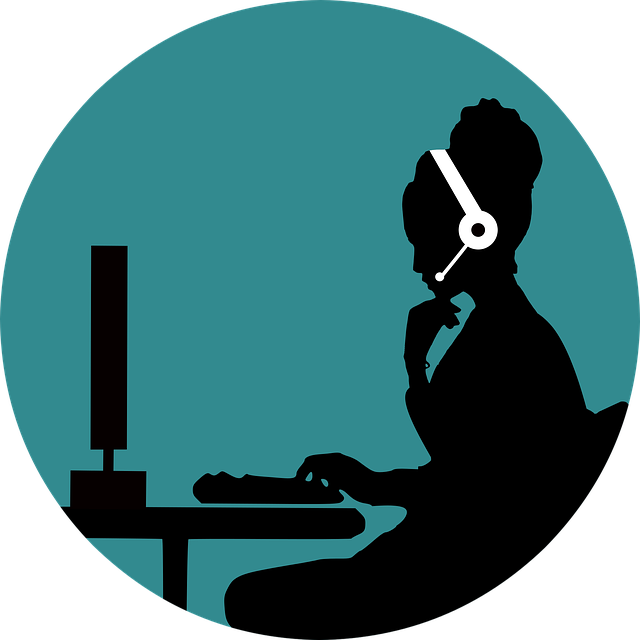Healthcare information technology (IT) is often used by public and private medical facilities
As well as physicians when improving patient care, safety, and efficiency. While providing IT support can be expensive, complex, and ever-changing, it has proven beneficial for customer support.

In order for healthcare facilities and physicians to deliver quality care to its patients, many details regarding patient history, medication, and current conditions need to be communicated.
This involves complex information collecting. The more complicated the system, the more qualified the personnel need to be in order to effectually handle the complex information.
Also, patients may need to access their medical information to better manage their health and work in conjunction with the healthcare system.
What tasks can IT support handle?
- Accounting systems
- Bar-coding technology (prescriptions, inventory and medical devices)
- Billing
- Clinical decision support systems
- Clinical orders for procedures, medication and lab test
- Computer system within the facilities (laptop, desktop, cart-based and tablets)
- Customer Support
- EHR
- Electronic materials management
- E-mail communication with patients
- Image archiving
- Monitoring of ICU patients
- Online clinical references
- Patient registration
- Payroll and personnel
- Prescription drugs including fulfillment, error-alert and transcriptions
- Scheduling
- Security
- IT support servers and networks
- Servers and networks
- Test and lab results reporting
- Voice recognition systems for physician orders, medical history records, and transcription
- Wireless networks
What types of health information technology are available?
IT helps health care providers to gather, store, recover and reassign data electronically. There are a number of IT support subcategories that individually help with customer support. A number of these IT systems work well with each other to provide more well-rounded, client support information.
Automated Dispensing Machines (ADMs) – This type of technology distributes medication.
Bar Coding – This is used for medication to match patients to their intended prescription. It can also be used for radiology, lab work, and medical devices.
Clinical Decision Support System (CDSS) – This system gives healthcare personnel real-time information.
Computerized Provider Order Entry (CPOE) – This IT system minimizes handwritten information when entered into a computer system. Therefore, it limits human errors on the part of doctors and other providers who deal with x-rays or other images, consultations, transfers, discharges, and referrals.
Electronic Health Records (EHR) – These are automated medical records or computer-based patient records that store patient medical information, reminders, and prescription alerts.
Electronic Materials Management (EMM) – Healthcare facilities use this IT system to keep track of pharmaceuticals and medical supplies.
Interoperability – This is the electronic communication within healthcare support organizations, connecting one system to another.
Picture Archiving And Communications System (PACS) – This IT system collects diagnostic and radiological images from X-ray machines, tomography devices, and MRI readings. PACS then stores the data for customer support.
Radio Frequency Identification (RFID) – This system tracks patients within the care facility as well as links lab and medication tracking through the system.
When considering the purchase of an IT system, providers need to consider the needs of their patients as well as the multifaceted applications offered by various IT vendors.
Basically, the applications available to them fall into three client support categories: administrative and financial, clinical, and infrastructure which cover the other two categories.
While the technology is advanced, it can also come with a hefty price tag. Not all providers have fully adopted IT healthcare support, concerned about that price tag as well as the time invested in training staff to use it properly.
Today, the healthcare industry is left wanting when compared with other industries that are “hooked in” with IT support.
Although it is catching on, the IT system is fragmented. Physicians and facilities have to determine quality care with the cost of IT healthcare support.


